
تحول التصنيع باستخدام الحاسب الآلي هو عملية يتم فيها استخدام آلة مخرطة لتشكيل المواد الخام إلى منتج نهائي. تتضمن أحدث تقنيات قطع الدوران باستخدام الحاسب الآلي استخدام برامج متطورة وأنظمة الأجهزة التي تمكن من إنتاج أسرع وأكثر دقة وأكثر كفاءة. تتضمن هذه التقنية أنظمة مراقبة وردود فعل في الوقت الفعلي تسمح للمشغلين بتعديل معلمات التشغيل الآلي أثناء التنقل ، بالإضافة إلى الأدوات المتطورة وحلول عقد العمل التي تعمل على تحسين الصلابة وتقليل أوقات الإعداد. بالإضافة إلى ذلك ، أصبح دمج أنظمة الأتمتة والروبوتات في عمليات تحويل باستخدام الحاسب الآلي شائعًا بشكل متزايد ، مما يسمح بزيادة الإنتاجية وتوفير التكاليف. بشكل عام ، تعمل أحدث التقنيات لقطع غيار الخراطة باستخدام الحاسب الآلي على إحداث ثورة في الصناعة التحويلية من خلال تحسين الجودة وتقليل أوقات القيادة وزيادة الإنتاجية.
يتطلب تحقيق الدقة باستخدام أجزاء الخراطة باستخدام الحاسب الآلي مجموعة من العوامل ، بما في ذلك تكنولوجيا الآلات المتقدمة والأدوات عالية الجودة والمشغلين المهرة. يكمن مفتاح الدقة في التخطيط الدقيق والتنفيذ الدقيق لعملية المعالجة الآلية ، مع التركيز على تحسين معلمات القطع ، وتقليل تآكل الأدوات ، وضمان الإعداد والمحاذاة المناسبين لقطعة العمل. بالإضافة إلى ذلك ، تعد تدابير المراقبة المستمرة ومراقبة الجودة ضرورية للحفاظ على الدقة والاتساق طوال عملية الإنتاج. باستخدام الأدوات والتقنيات والخبرات المناسبة ، يمكن للتحول باستخدام الحاسب الآلي تحقيق مستويات عالية من الدقة ودقة الأبعاد حتى في الأجزاء الأكثر تعقيدًا.
في مجال التحكم الرقمي بالكمبيوتر (CNC) ، تلعب عمليتان أساسيتان ، وهما الدوران والطحن ، أدوارًا محورية في تشكيل المواد الخام إلى مكونات هندسية دقيقة. إن فهم الاختلافات الرئيسية بين الخراطة والطحن باستخدام الحاسب الآلي أمر بالغ الأهمية للمصنعين والمهندسين الذين يهدفون إلى تحسين عمليات التصنيع الخاصة بهم وتحقيق نتائج متفوقة. في هذه المقالة ، نحن نخوض في الميزات المميزة للتحول والطحن باستخدام الحاسب الآلي ، تسليط الضوء على تطبيقاتها وتقنياتها ومزاياها.
تحول باستخدام الحاسب الآلي: تحول هو عملية بالقطع تستخدم في المقام الأول للمكونات الاسطوانية. أثناءالفولاذ المقاوم للصدأ التصنيع باستخدام الحاسب الآلي، تدور قطعة العمل على محور الدوران ، وتتخترق أداة القطع على طول محور الدوران لتشكيل المادة. هذه العملية مثالية لإنشاء أجزاء مثل الأعمدة والدبابيس والأسطح الأسطوانية.
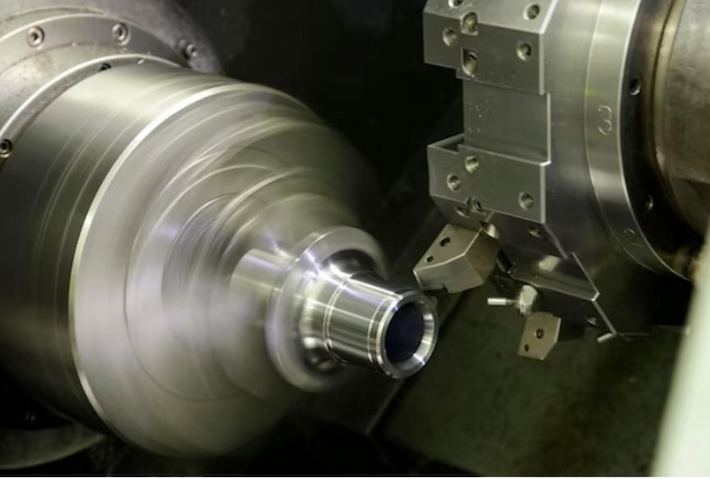
الطحن باستخدام الحاسب الآلي: من ناحية أخرى ، ينطوي الطحن على إزالة المواد من قطعة العمل باستخدام قواطع دوارة. تظل قطعة العمل ثابتة ، بينما تتحرك أداة آلة الطحن على محاور متعددة لإنشاء أشكال معقدة وفتحات وثقوب. الطحن باستخدام الحاسب الآلي متعدد الاستخدامات وينطبق على مجموعة واسعة من الأشكال الهندسية.
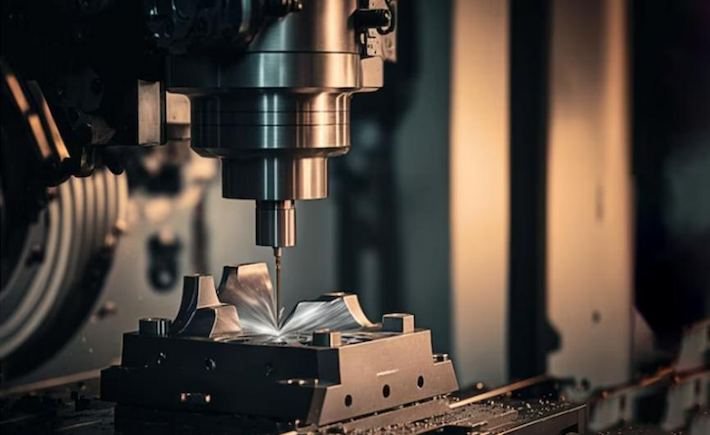
تحول باستخدام الحاسب الآلي: آلات الخراطة ، والمعروفة أيضًا باسم المخارط ، لها اتجاه مغزل أفقي أو عمودي. يتم تثبيت قطعة العمل على المغزل ، الذي يدور ، مما يسمح لأداة القطع بالتحرك بالتوازي مع محور الدوران.
الطحن باستخدام الحاسب الآلي: يمكن أن يكون لآلات الطحن اتجاهات عمودية أو أفقية. في الطحن العمودي ، يتم توجيه المغزل عموديًا ، بينما في الطحن الأفقي ، يتم وضع المغزل أفقيًا. هذا التمييز يسمح بطرق قطع مختلفة.
تحول باستخدام الحاسب الآلي: أدوات الدوران هي عادة أدوات نقطة واحدة تقطع المواد أثناء دوران قطعة العمل. تتحرك الأداة شعاعيًا ومركزياً لتشكيل الجزء.
الطحن باستخدام الحاسب الآلي: أدوات الطحن عادة ما تكون أدوات متعددة النقاط ، وتشمل عملية التصنيع كلاً من الحركات الدوارة والخطية. يسمح الطحن باستخدام المطاحن النهائية ، وطواحين الوجه ، ومختلف الأدوات ذات الطابع هندسي لتحقيق نتائج محددة.
تحول باستخدام الحاسب الآلي: التحول هو الأنسب للأجزاء المتماثلة مع التماثل الدوراني. إنها تتفوق في إنشاء ميزات مثل الأخاديد والتناقص التدريجي والخطوط على الأسطح الأسطوانية. تشمل التطبيقات الشائعة إنتاج المكونات الأسطوانية مثل البطانات والأعمدة والشفاه.

الطحن باستخدام الحاسب الآلي: الطحن بارع في إنتاج مجموعة واسعة من الأشكال ، بما في ذلك الجيوب ، والفتحات ، وملامح ثلاثية الأبعاد معقدة. هذا التنوع يجعل الطحن مناسبًا للمكونات المعقدة. الطحن مناسب لمجموعة واسعة من التطبيقات ، بما في ذلك إنشاء مكونات معقدة لصناعة الطيران والسيارات والصناعات الطبية.
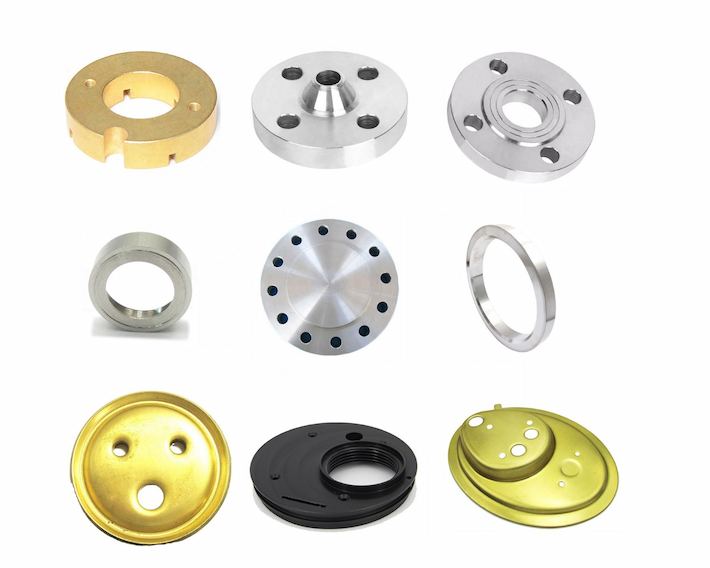
في الختام ، إن الدوران والطحن باستخدام الحاسب الآلي هما عمليتان مختلفتان ، ولكل منهما مجموعة خاصة من المزايا والتطبيقات. يعتمد الاختيار بين الدوران والطحن على عوامل مثل الهندسة والمواد ومتطلبات المشروع المطلوبة. من خلال فهم الاختلافات بين الدوران والطحن ، يمكن أن يؤدي اختيار طريقة المعالجة المناسبة إلى إنتاج منتجات عالية الجودة.
في مجال التصنيع باستخدام الحاسب الآلي ، تبرز HHC (من من من من من من من ؟ ؟ ؟) كأفضل خيار لتحويل الخراطة باستخدام الحاسب الآلي ، وتقدم خبرة لا مثيل لها وحلول مخصصة. فيما يلي الأسباب الرئيسية التي تجعل اختيار HHC قرارًا استراتيجيًا:
كمحترف.مصنع أجزاء عالية الدقة، تتفوق HHC في تطوير القوالب المخصصة وتصميم الحلول المخصصة ، وتوفير حلول التصنيع الشخصية. تكمن خبرتنا في إنشاء قوالب حسب الطلب ، مما يضمن دقة وتفرد المكونات المصممة خصيصًا لاحتياجات مشروعك المحددة.
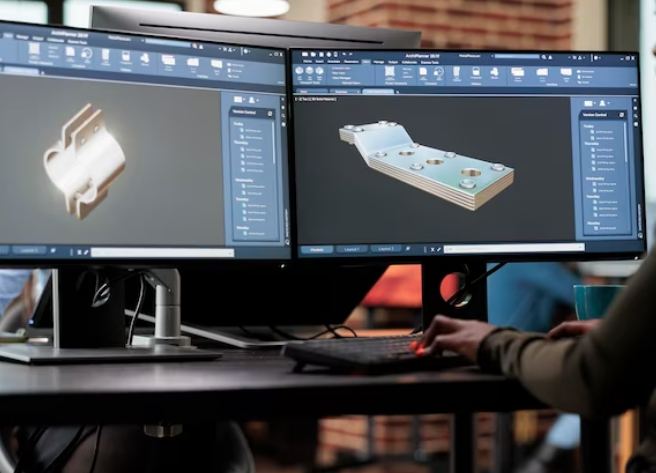
في HHC ، الجودة هي حجر الزاوية لدينا. الالتزام بالمعايير الدولية مثل ISO9001 ، iallf16949 ، و ISO13485 ، إلخ. نحن نضمن التميز في كل منتج. تضمن عملياتنا الصارمة لمراقبة الجودة أن كل مكون لا يلبي توقعات العملاء فحسب بل يتجاوزها ، مما ينشئ الثقة والموثوقية.
تفتخر HHC بحديقة صناعية يتم بناؤها ذاتيًا ، حيث تدمج سلسلة الإنتاج لدينا رأسيًا للحصول على ميزة تكلفة مميزة. تعمل عمليات الإنتاج الفعالة والتكامل الرأسي على تحسين الإنتاجية ، مما يتيح لنا تلبية ميزانية التكلفة الخاصة بك دون المساومة على الجودة.
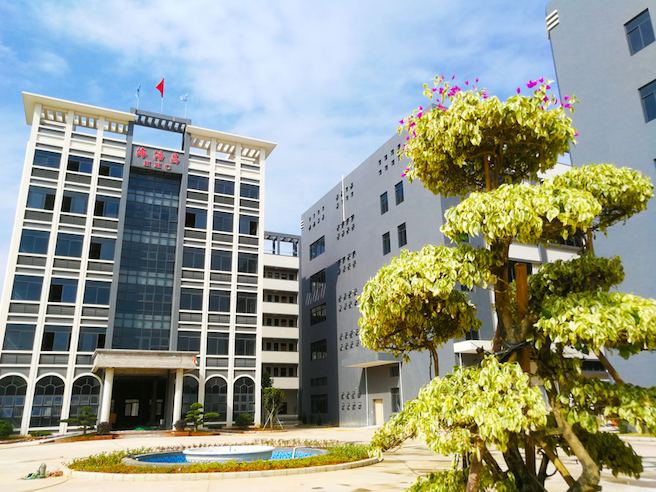
في الختام ، يوفر تحول الخراطة CNC HHC أكثر من الآلات الدقيقة ؛ إنه يوفر شراكة متجذرة في الابتكار والموثوقية وفعالية التكلفة. اختر HHC لرحلة تعاونية تعمل على دمج التميز المخصص بجودة لا مثيل لها ، وكل ذلك مع تحسين التكاليف.
في عالم الآلات الدقيقة ، يعد تحول CNC عملية متعددة الاستخدامات تشتهر بقدرتها على صياغة أشكال مختلفة بدقة وكفاءة. هنا استكشاف موجز للأشكال باستخدام الحاسب الآلي تحول يمكن أن تنتج:
تتفوق خراطة CNC في صياغة الأشكال الأسطوانية ، مما يجعلها مثالية لإنتاج مكونات مثل الأعمدة والدبابيس والبطانات. تضمن العملية التوحيد والدقة في التشكيلات الجانبية الأسطوانية.
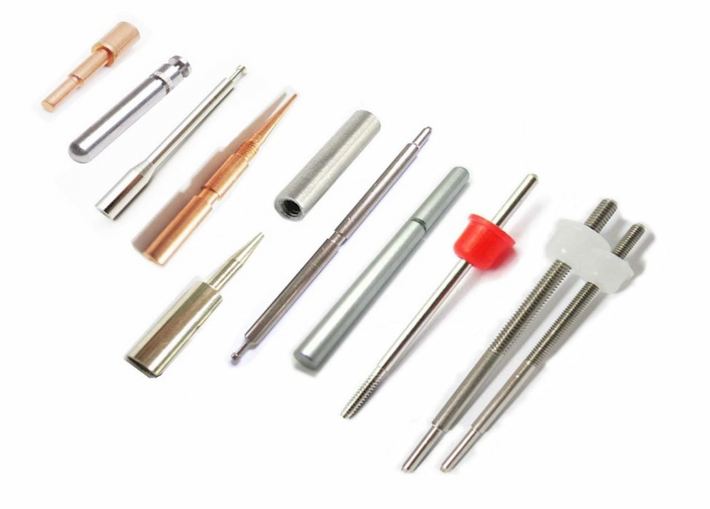
تحول CNC يتقن في خلق التناقص التدريجي والأشكال المخروطية. هذه الإمكانية ذات قيمة للتطبيقات حيث تتطلب الأجزاء تخفيضًا تدريجيًا أو توسعًا في القطر.
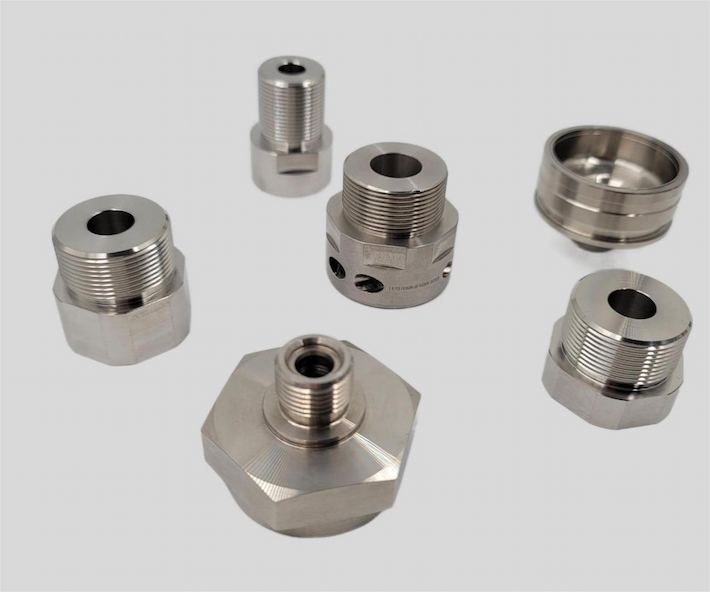
العملية بارعة في تشكيل الأخاديد المعقدة وملامح على الأسطح الأسطوانية. وهذا يجعل تحول CNC مناسبة للمكونات مع ميزات مفصلة ، وتعزيز كل من الوظائف والجماليات.
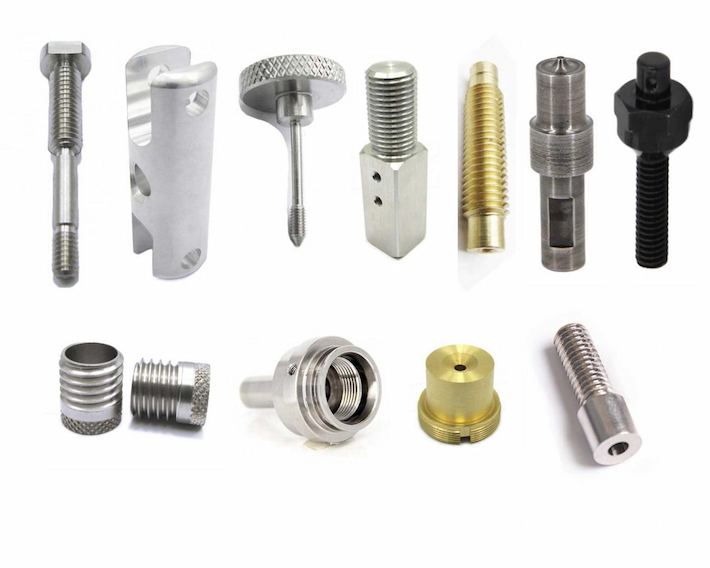
في حين ترتبط في المقام الأول مع الأشكال الاسطوانية ، يمكن أيضا استخدام تحول CNC لإنتاج مكونات كروية. يمتد هذا التنوع من مجموعة الأشكال القابلة للتحقيق.
يمكن للدوران باستخدام الحاسب الآلي التعامل مع الأشكال الهندسية المعقدة ، بما في ذلك الأشكال بأحجام مختلفة وتفاصيل معقدة. هذا يجعلها عملية قيمة لصياغة مكونات متنوعة ومخصصة.
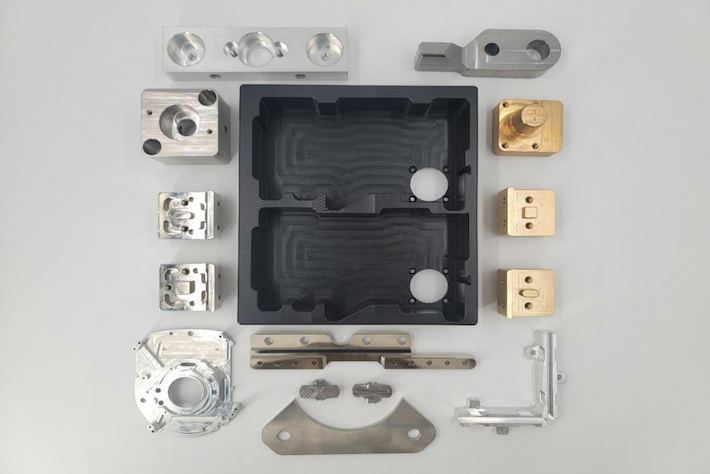
في الختام ، لا يقتصر تحول التصنيع باستخدام الحاسب الآلي على أشكال محددة ؛ تسمح قاعدته بإنشاء مجموعة واسعة من المكونات ، تتراوح من الأشكال الأسطوانية البسيطة إلى الأشكال الهندسية المعقدة. دقة وكفاءة تحول CNC تجعله الخيار المفضل لتشكيل أجزاء مختلفة في الواقع.


